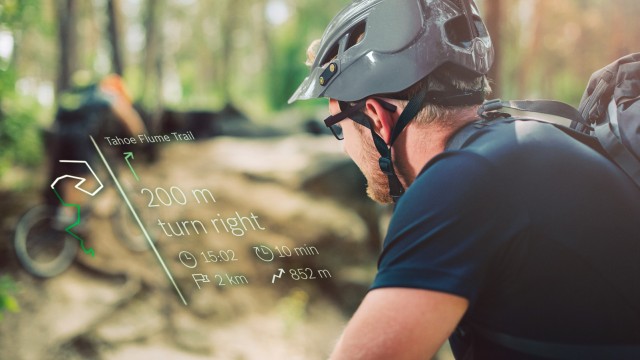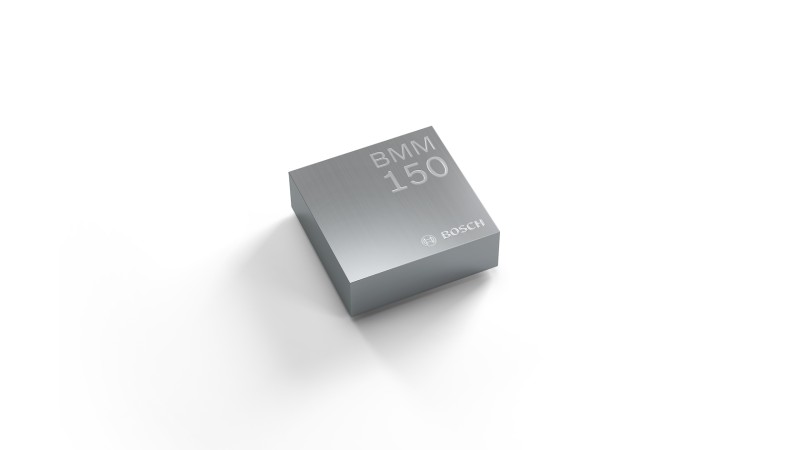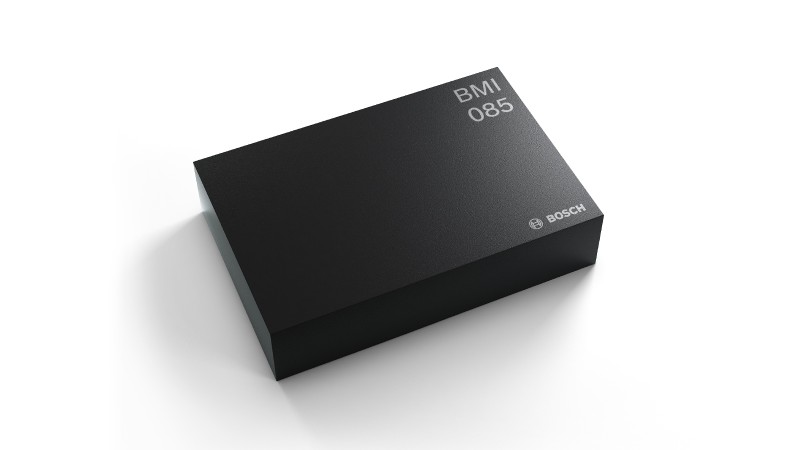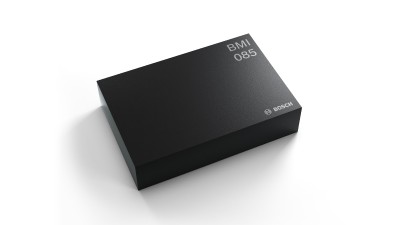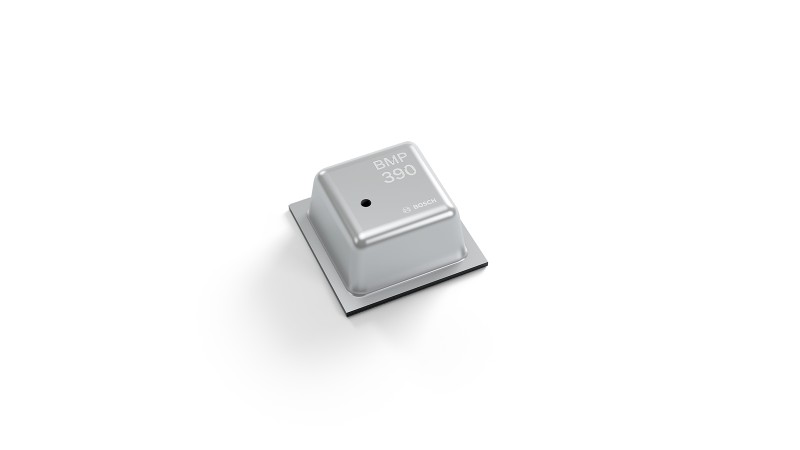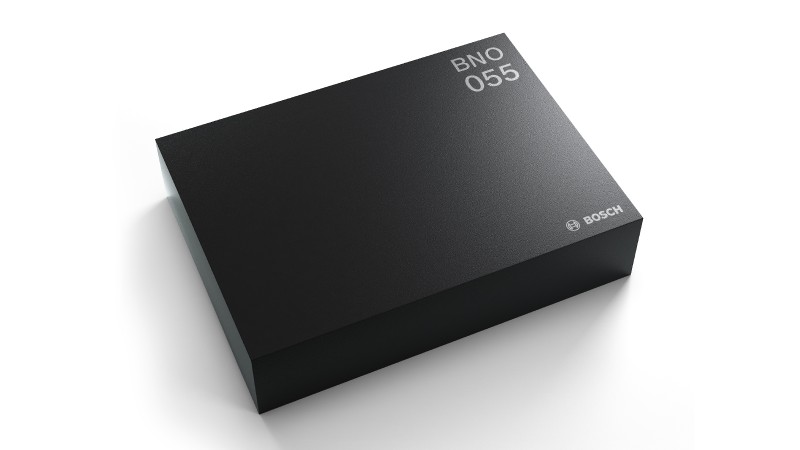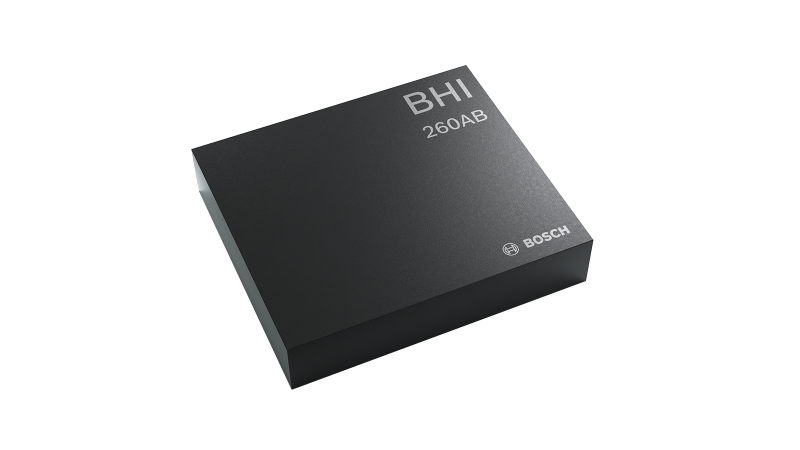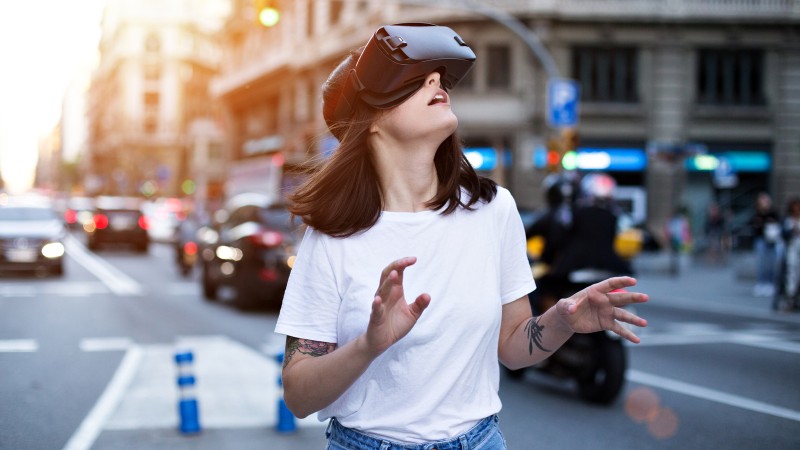Sensing solutions for AR & VR

Augmented and virtual reality
From virtual reality (VR) to augmented reality (AR), to mixed reality, the world is awash with new applications: from 3D cinema headsets, to top-level sports training, to virtualized inventory management and virtual car showrooms, to instant sign translation for tourists, or interior design planning, to endless applications in advertising and promotion. Latest since the hype of "Pokémon GO", AR games have found their way into the hearts of many users worldwide. Although AR and VR are still predominantely used in gaming and entertainment, they also offer a multitude of applications in information and learning, maintenance, repair and assembly guidance as well as in orientation and navigation. Especially for VR, only complete immersion creates the desired user experience. In order to achieve immersion and avoid motion-sickness, AR and VR devices need to be highly accurate, capturing movements and gestures without delays. To counter these negative impacts on user experience, Bosch Sensortec's sensing solutions offer high stability and low latency to significantly reduce the motion sickness effect, ensuring a pleasant AR and VR experience.



